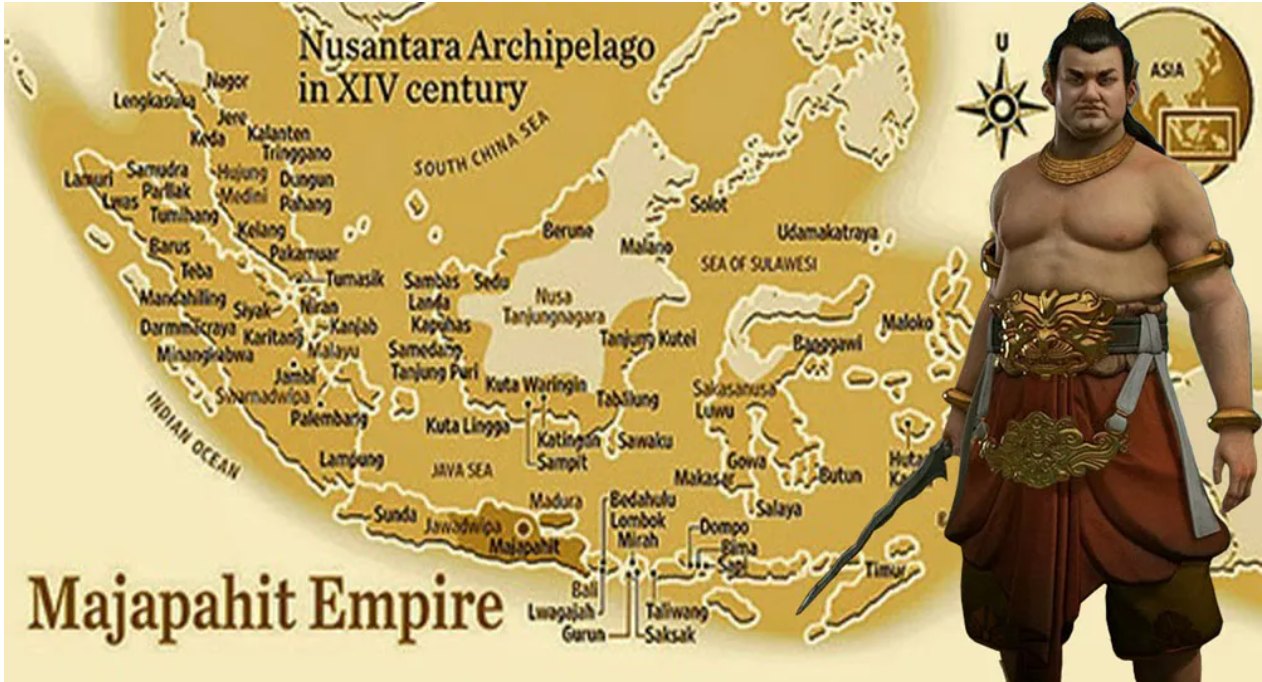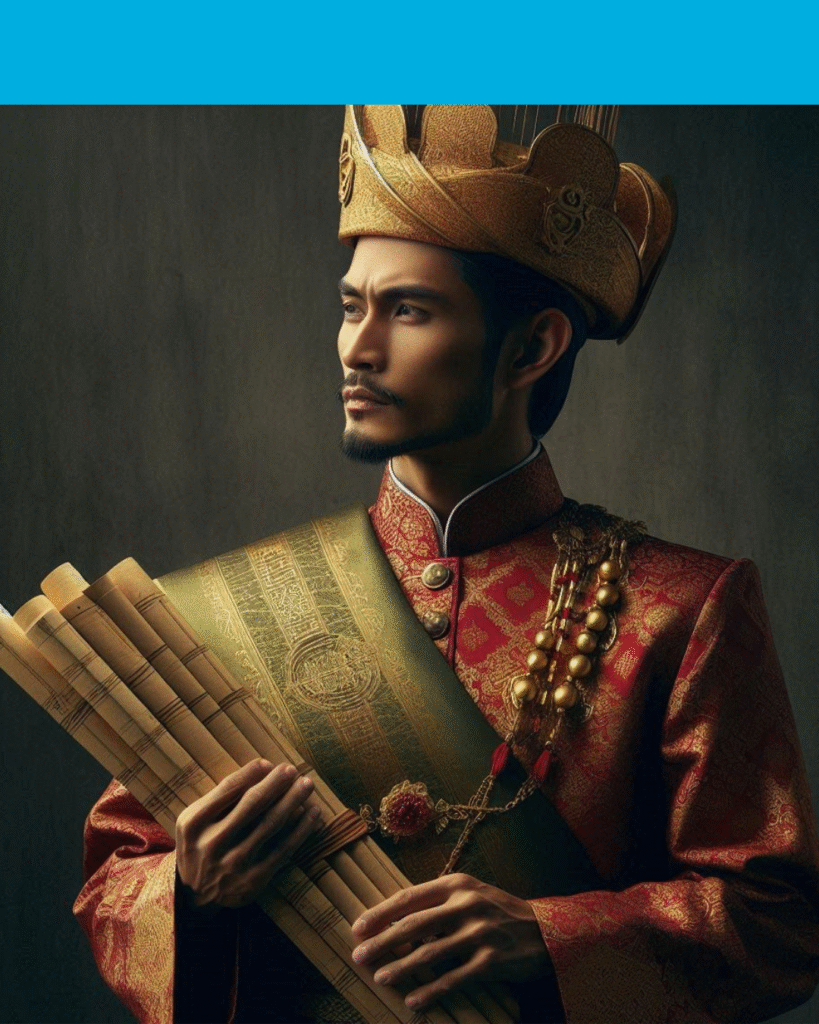In the 14th century, Geylang Serai as a distinct Malay settlement or cultural area did not yet exist. The area that would later become Geylang Serai was primarily a natural riverine and coastal environment inhabited by sea nomads such as the Orang Laut and Malay fishing communities. It was mainly a maritime and natural landscape rather than an established urban or agricultural community.
The structured settlement and development of Geylang Serai into a Malay agricultural and residential area began only in the early to mid-19th century, notably from the 1840s when the British colonial administration dispersed Malay floating villages and resettled the Orang Laut along the Geylang and Kallang Rivers. The area then became known for lemongrass plantations which contributed to its name (serai means lemongrass in Malay) and grew into a vibrant Malay cultural and trading hub in later centuries.
Thus, in the 14th century, the site was part of the broader coastal and riverine environment used by indigenous maritime peoples but was not a settled village or cultural center known as Geylang Serai.nlb+2
- https://www.nlb.gov.sg/main/article-detail?cmsuuid=4d7a5b2d-f5ce-4a72-a68c-9e7291aec21e
- https://www.roots.gov.sg/~/media/Roots/Images/resources/muse/issues/010719_muse-magazine_vol12_issue1.pdf
- https://www.ura.gov.sg/Conservation-Portal/Explore/History?bldgid=GYLG
- http://singapurastories.com/the-important-crossroads-and-its-great-eastern-hub/
- https://en.wikipedia.org/wiki/Geylang
- https://www.nhb.gov.sg/~/media/nhb/files/resources/publications/muse%20sg/032-bemuse-v9-issue-01.pdf
- https://remembersingapore.org/geylang-serai-malay-village/
- https://thesmartlocal.com/read/geylang-singapore-then-and-now/


